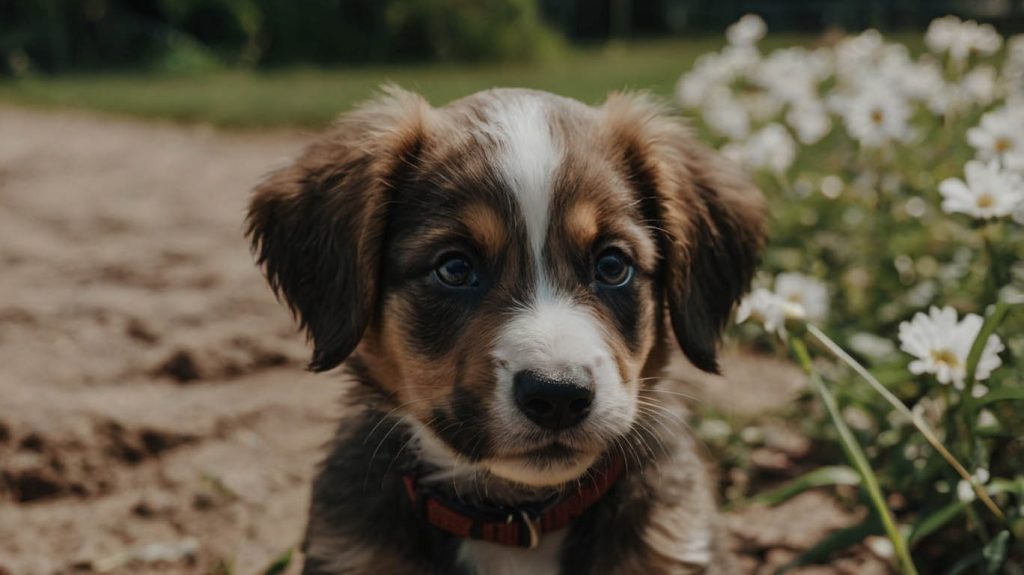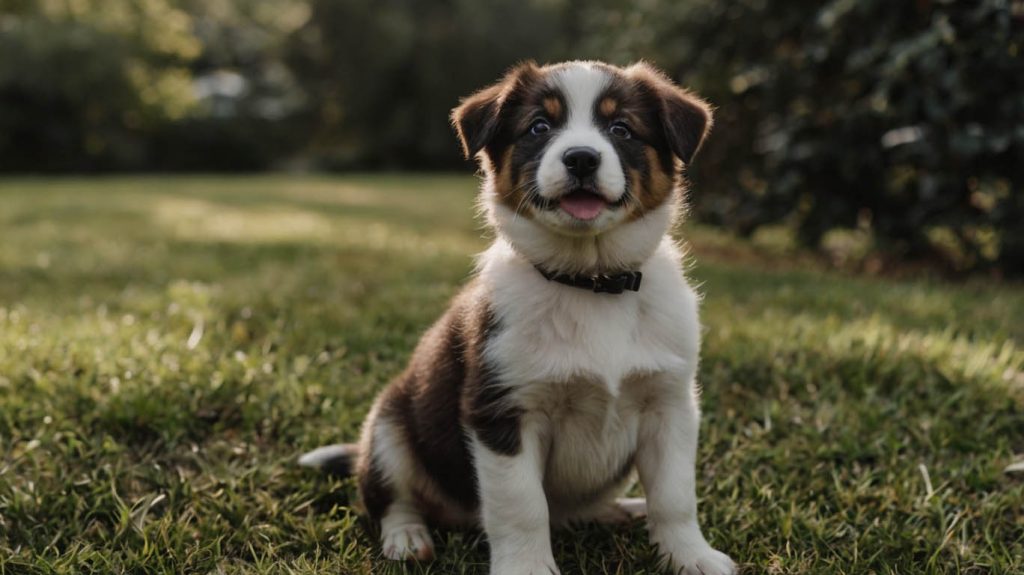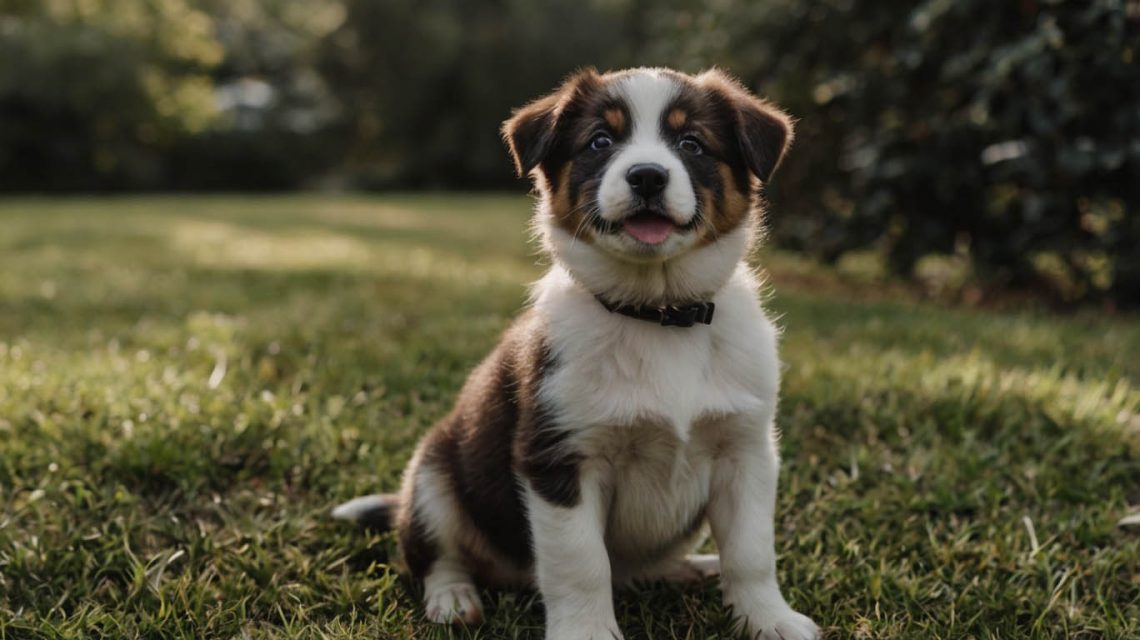You’ve brought your new puppy home. Their tiny paws, wet nose, and boundless affection have already filled your life with joy. You’ve stocked up on food, chosen the perfect bed, and started working on “sit.” However, there’s a secret, invisible clock ticking away—a clock that governs one of the most critical aspects of your puppy’s future happiness. This is the clock of the puppy socialization timeline.
Many new owners believe socialization simply means letting their puppy play with other dogs. In reality, it is so much more. It’s the process of carefully exposing your puppy to a wide variety of sights, sounds, smells, and experiences in a positive way. Consequently, this early learning shapes their entire worldview, determining whether they grow into a confident, well-adjusted adult or one plagued by fear and anxiety. Therefore, understanding and acting on the puppy socialization timeline isn’t just a good idea; it’s the most important gift you can give your new best friend.
The Critical Puppy Socialization Timeline: Why It Matters Most
Before we break down the weeks, it’s essential to understand why this period is so non-negotiable. From approximately 3 to 16 weeks of age, a puppy’s brain is like a sponge. It is uniquely wired to accept new things without fear. Experiences they have during this “critical socialization period” become their definition of what is normal and safe in the world.
Think of it like building the foundation of a house. If the foundation is strong, broad, and built with care, the house will stand firm against any storm. If it’s weak or narrow, the entire structure is at risk. Similarly, a puppy properly socialized during this window learns that new people, strange noises (like the vacuum cleaner), and different environments are not threats. Missing this window can make it significantly harder to overcome fear-based behaviors later in life. Understanding this puppy socialization timeline is the first step toward raising a brave and happy companion.

Breaking Down the Puppy Socialization Timeline: A Week-by-Week Guide
This timeline is a journey that begins even before your puppy comes home with you. Each phase has a unique purpose.
The Breeder’s Role (0-8 Weeks): The First Lessons
- 0-3 Weeks (Neonatal & Transitional Period): During this time, the puppy’s world is their mother and littermates. They learn basic social cues and the comfort of a warm body. Their primary experiences are tactile and olfactory.
- 3-8 Weeks (Socialization Period Begins): This is where the magic starts. With their littermates, puppies learn crucial skills like bite inhibition (how hard is too hard to bite during play) and basic doggy communication. A responsible breeder will also begin introducing them to gentle handling, different textures under their paws, and common household sounds.
Your Role Begins (8-16 Weeks): The Most Important Window
This is when your puppy comes home, and the responsibility for their education falls squarely on your shoulders. The goal is to create as many positive, controlled experiences as possible.
Navigating the Puppy Socialization Timeline (8-12 Weeks)
This period is the absolute peak of the socialization window. Your mission is to introduce your puppy to everything you want them to be comfortable with as an adult. Create a checklist and aim for gentle exposure to a few new things each day.
- People: Introduce them to all kinds of people: tall people, short people, men with beards, people wearing hats, children (always supervised), people using wheelchairs or walkers. Each interaction should involve treats and praise.
- Sounds: Let them hear everyday sounds like the doorbell, the vacuum cleaner (from a distance at first), the TV, and traffic. Play recordings of thunderstorms or fireworks at a very low volume while giving treats to create a positive association.
- Environments and Surfaces: Let them walk on carpet, hardwood floors, tile, grass, and even slightly wobbly surfaces (with support). Carry them to different places to experience the sights and smells of the world.
- Objects: Introduce them to umbrellas opening, skateboards rolling by (at a distance), plastic bags blowing, and other everyday objects.
Remember, the key is positive association. Every new experience should be paired with something your puppy loves, like high-value treats or praise. This is the core principle of a successful puppy socialization timeline.

The Big Question: Socialization Before Full Vaccination
This is the most common point of confusion for new owners. Your veterinarian will rightly advise you to keep your puppy away from public areas where unknown dogs frequent until their vaccination series is complete (around 16 weeks). However, your behaviorist will tell you that the critical socialization window closes at the same time. This creates a dilemma.
Fortunately, you can—and absolutely must—socialize your puppy safely during this period. The American Veterinary Society of Animal Behavior (AVSAB) states that the risk of death due to behavioral issues from poor socialization is far greater than the risk of contracting a disease like parvovirus when proper precautions are taken.
Your Safe Puppy Socialization Timeline Checklist (8-16 Weeks)
- Carry Your Puppy: Take your puppy to busy places like a park, an outdoor shopping center, or a farmer’s market, but keep them safely in your arms or a puppy sling. They can experience the sights, sounds, and smells without touching the ground.
- Use a Shopping Cart: Take them to pet-friendly stores (like hardware or pet supply stores). Place a blanket in a shopping cart and let them ride along.
- Host Puppy Playdates: Invite friends over with their healthy, well-behaved, fully vaccinated adult dogs. This provides safe, controlled dog-to-dog interaction in your own clean environment.
- Attend a Puppy Class: This is the best option of all. A well-run puppy class will require proof of age-appropriate vaccinations and maintain a sanitized environment. It provides a perfect setting for your puppy to learn and play with other puppies under professional supervision. Following these safe steps is a vital part of the puppy socialization timeline.
Understanding the “Fear Period” Within the Puppy Socialization Timeline
Nature throws a few curveballs during this process. Puppies go through distinct “fear periods,” where they may suddenly become fearful of something they were previously fine with.
Navigating the First Fear Period (Approx. 8-11 Weeks)
This period often coincides with them arriving at their new home. A plastic bag that was ignored yesterday might suddenly seem terrifying.
- How to Handle It: Do not force your puppy to approach the scary object. Equally, do not coddle them or say “It’s okay” in a soothing voice, as this can reinforce their fear.
- The Right Approach: Act neutral and cheerful. Toss a high-value treat near the object. Let your puppy decide to approach it on their own terms. Your calm confidence teaches them that there is nothing to fear. Recognizing this stage is key to managing the puppy socialization timeline effectively.
A second fear period often occurs during adolescence (around 6-14 months), so these skills remain important.
The Puppy Socialization Timeline: Beyond 16 Weeks
While the critical window closes around 16 weeks, socialization is a lifelong process. Continuing to provide new and positive experiences throughout your dog’s life will help maintain their confidence and adaptability. The juvenile period (4-6 months) is a great time to build on the foundation you’ve laid, enrolling in basic obedience classes and continuing controlled exposures to the world. A well-executed puppy socialization timeline sets the stage for this lifelong learning.
Your Proactive Socialization Plan
The puppy socialization timeline is a short, fleeting window of opportunity that has a lifelong impact. By understanding its phases, creating a plan for positive exposure, and navigating the vaccination period safely, you are doing the single most important thing you can to ensure your puppy grows into a happy, confident, and fearless companion. You are not just raising a dog; you are shaping a friend for life.
What has been your biggest success or challenge during your puppy’s socialization? Share your experiences and questions in the comments below—let’s help each other raise amazing dogs!


